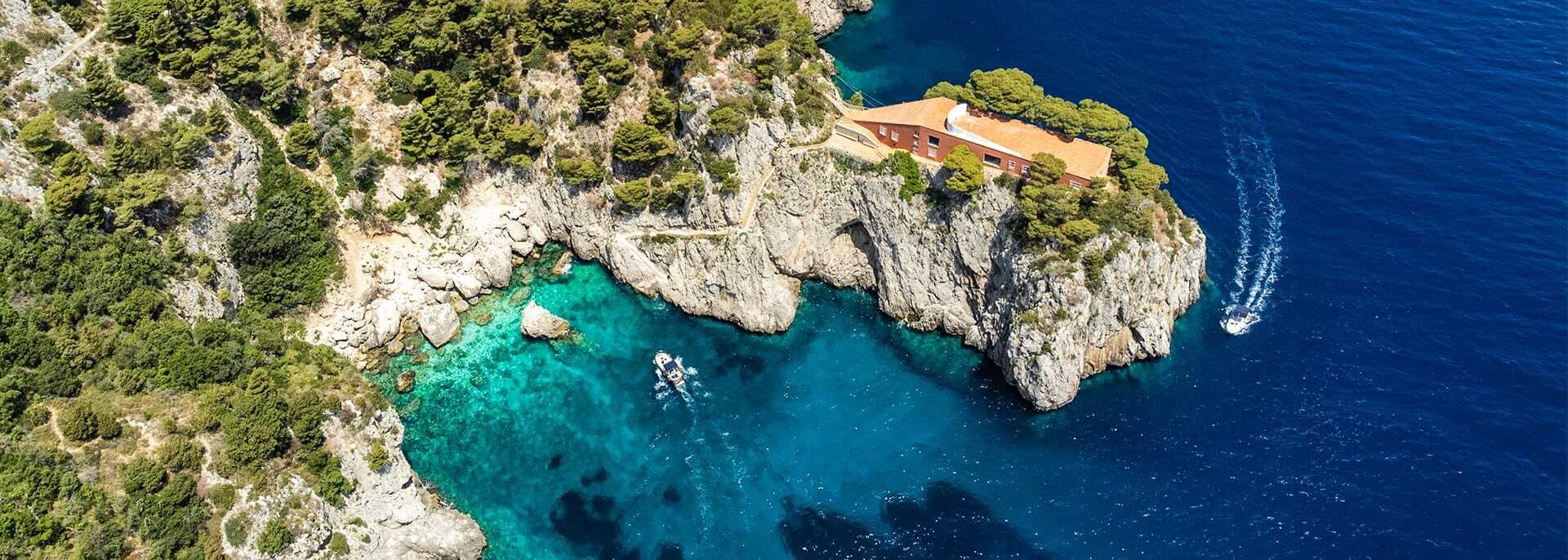
Capri Tourism
La guida essenziale di Capri
Informazioni essenziali
Hotel, B&B e case vacanza
I ristoranti sull'isola
Conoscere Capri per viverla meglio
Capri Tourism è il sito dove trovare informazioni aggiornate e autorevoli sull'isola di Capri. Il nostro intento è offrire ai viaggiatori una guida essenziale con cui pianificare il proprio viaggio a Capri, che si tratti di una gita di un giorno o di una lunga vacanza. Speriamo che vi sia di aiuto per godere al massimo delle infinite meraviglie di questa piccola isola del Mediterraneo.